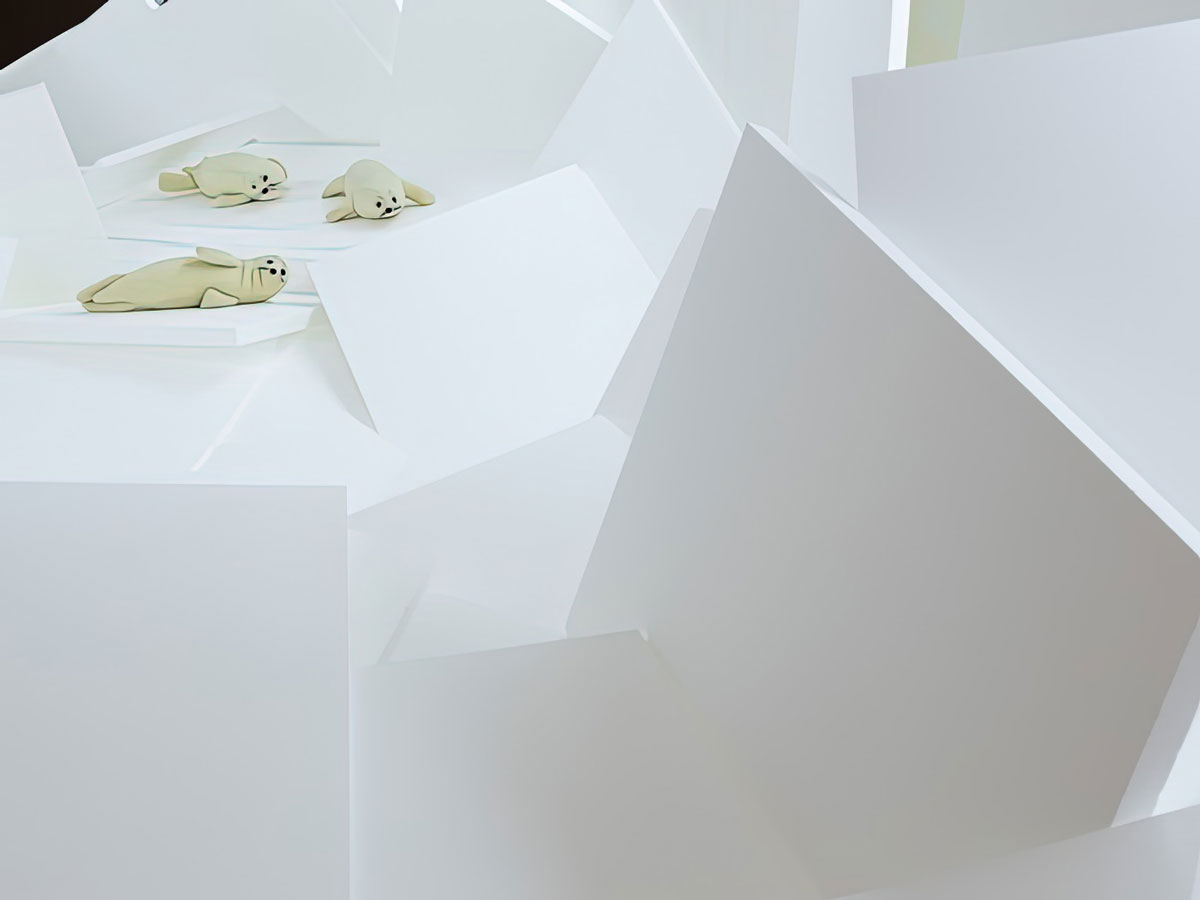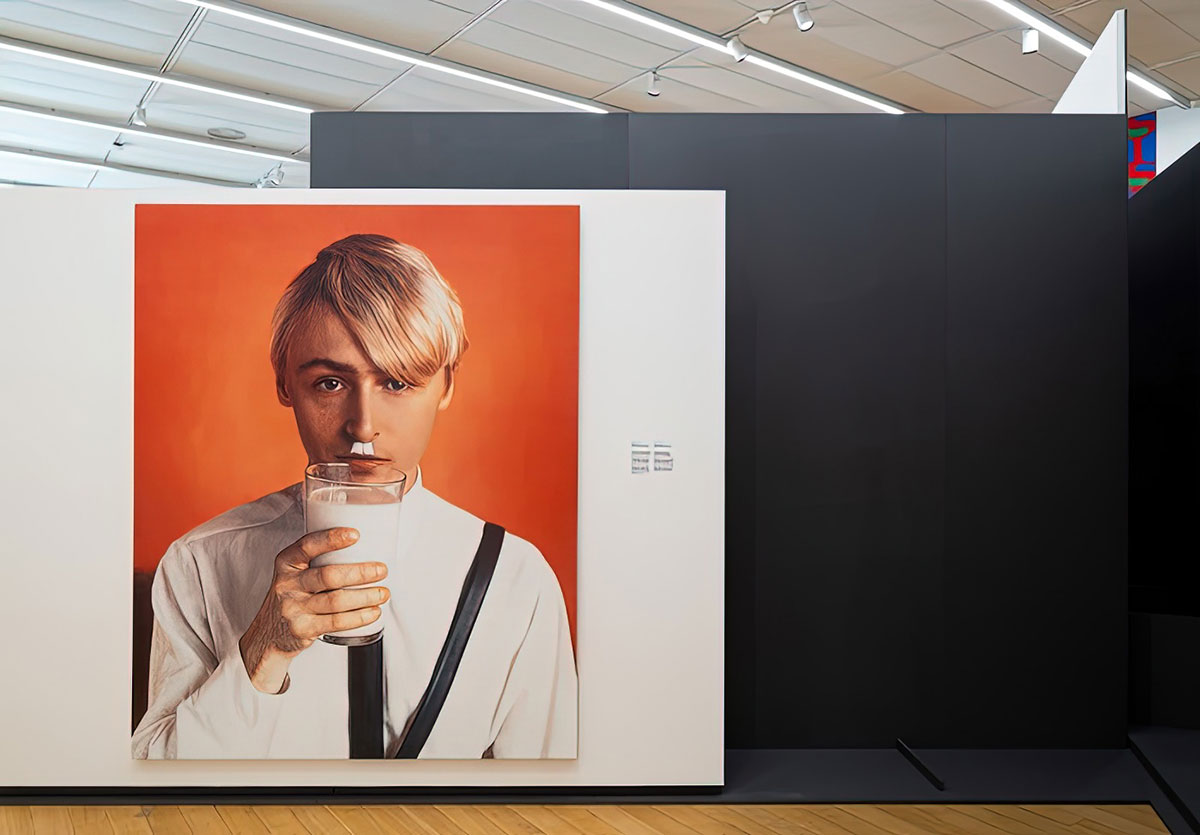PRESENTATION:General Idea, Part II
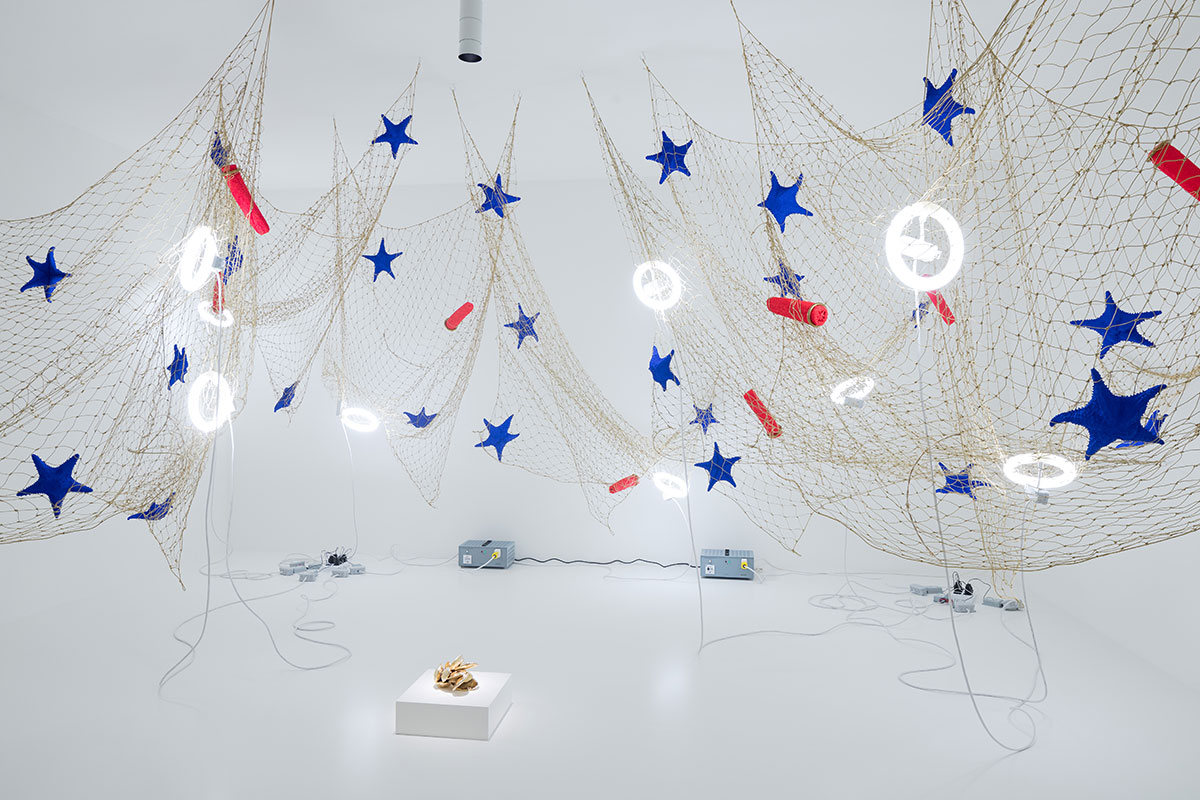 Formed as part of 1960s counterculture, General Idea was a radical artist group founded in Toronto by AA Bronson, Felix Partz and Jorge Zontal .Together they invented a ground-breaking and provocative multi-disciplinary practice that challenged social and artistic norms, and altered the development of postwar art over the course of 25 years – from the group’s formation in 1969 to the deaths in 1994 of both Partz and Zontal from AIDS-related illnesses (Part I).
Formed as part of 1960s counterculture, General Idea was a radical artist group founded in Toronto by AA Bronson, Felix Partz and Jorge Zontal .Together they invented a ground-breaking and provocative multi-disciplinary practice that challenged social and artistic norms, and altered the development of postwar art over the course of 25 years – from the group’s formation in 1969 to the deaths in 1994 of both Partz and Zontal from AIDS-related illnesses (Part I).
By Dimitris Lempesis
Photo: Stedelijk Museum Archive
In 1979, the Stedelijk was the first museum in the world to host an exhibition of General Idea’s work and began collecting it. Because of this history, General Idea came to consider Amsterdam as their ‘second home’ and gifted the Stedelijk a large part of General Idea’s archive in 2018, making the museum a major knowledge center for their work, in addition to MoMA in New York and the National Gallery of Canada. With over 300 works, this traveling exhibition’s stop in the Netherlands is a second homecoming for General Idea. Covering a career spanning 25 years from the late 1960s to 1994, with over 300 works works on view that range from the very small (instructions written on index cards) to the very large (room-sized installations). They form a body of work that explores forms of expression as varied as painting, sculpture, photography and video, and reflect the group’s performances, publication projects and retail shops. This major retrospective of General Idea explores the crucial role General Idea played in the development of art and activism in Canada, the United States and Europe. The exhibition also charts General Idea’s influence on future generations of creators, informing new ways of reimagining and changing our world through art. Known for their anti-establishment outlook and their early involvement in punk, queer theory and AIDS activism, General Idea critiqued consumer culture and social inequities in their work, examining mass media, the art economy, queer identity and the AIDS crisis. Organized chronologically, the exhibition will examine General Idea’s total approach to art-making, showing they were artists, performers, architects, publishers, shopkeepers, anthropologists and more. General Idea frequently borrowed from mass media and advertising, harnessing humour and parody to probe the production, circulation and consumption of images and culture. Much of this satirical work prefigured current concerns surrounding social media and image distribution. They were known for their prolific production of low-cost multiples and in the 1970s they used faux-beauty pageants to satirize the glamour and consumerism of the contemporary art world. “The 1971 Miss General Idea Pageant” (1971) involved real submissions from artists and culminated in an elaborate awards ceremony. From 1975 to 1984, General Idea produced a series of works focused on their gesamtkunstwerk. “The Miss General Idea Pavillion”, a fictional edifice intended to house the ultimate Miss General Idea pageant. Conceived as a decentralized museum, its fragments located in institutions around the world, the fictional “Pavillion” would comment on the structure of the art world, deconstructing the myths surrounding museums, archives and artifacts. In the 1970s General Idea founded two important institutions which attest to their vital place in the history of independent publishing and artist-run culture. “FILE Megazine” (1972–1989), was a periodical which appropriated the format of “LIFE” magazine and whose first subscribers included Joseph Beuys and Andy Warhol. “Art Metropole” was a publishing and exhibition platform that has been selling and distributing artists’ books, audio, video and multiples in Toronto since 1974. From 1987 to 1994, General Idea’s work responded to the AIDS crisis. Appropriating Robert Indiana’s famous “LOVE” series, they made their own logo substituting the word “AIDS.” They even turned the Amsterdam tram into a General Idea artwork, when they covered it in their AIDS logo. General Idea always encouraged the public to interact with their work playfully, through mail art, in museums, and on the street. Although their work precedes the digital age, General Idea’s strategies of infiltrating found formats, obscuring authorship, original and copy, and using art to reach a mass audience is central to the contemporary practice of many artists and can be found widely in digital and social media. A series of their AIDS-related works are on view in the exhibition, such as “Infe©ted Mondrian”, the iconic AIDS logo paintings and the AIDS Wallpaper. General Idea can be seen as pioneers of ‘creative activism’; their practice of inserting their artwork directly into the public sphere, as they did with their AIDS posters, laid the groundwork for conceptually-driven activist engagement for a new generation of artists. Their ideas about collective authorship, denying the sanctity of the unique, original work of art provided a template for artists after them to unite and collaborate as a group. Initially a painting, they later produced an animation for the Spectacolor Board in New York’s Times Square and created poster campaigns that spanned cities from San Francisco to Berlin. Also from this period, the exhibition includes the major installation “Pharma©opia” (1992, the work was originally designed for Las Ramblas in Barcelona, described by Bronson as a ‘warning’ because the AIDS crisis had yet to impact Spain.
Photo: General Idea, Fruits de Mer, 1992 – 1994. Courtesy the artist. © General Idea. Photo: Peter Tijhuis
Info: Curator: Adam Welch, Guest Curator: Beatrix Ruf, Stedelijk Museum, Museumplein 10, Amsterdam, Netherlands, Duration: 1/4-16/7/2023, Days & Hours: Daily 10;00-18:00, www.stedelijk.nl/

Right: General Idea, AIDS Sculpture, 1989/2021. Courtesy Esther Schipper Gallery, Berlin. © General Idea. Photo: Peter Tijhuis
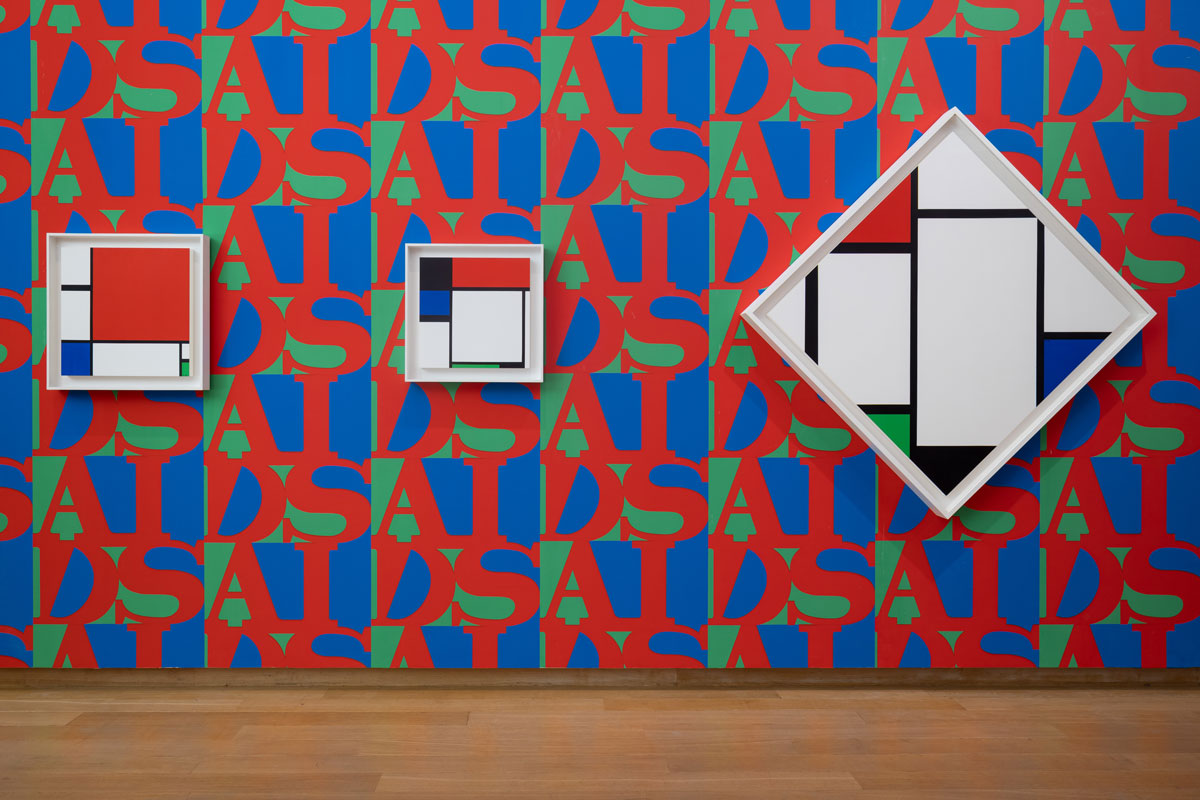
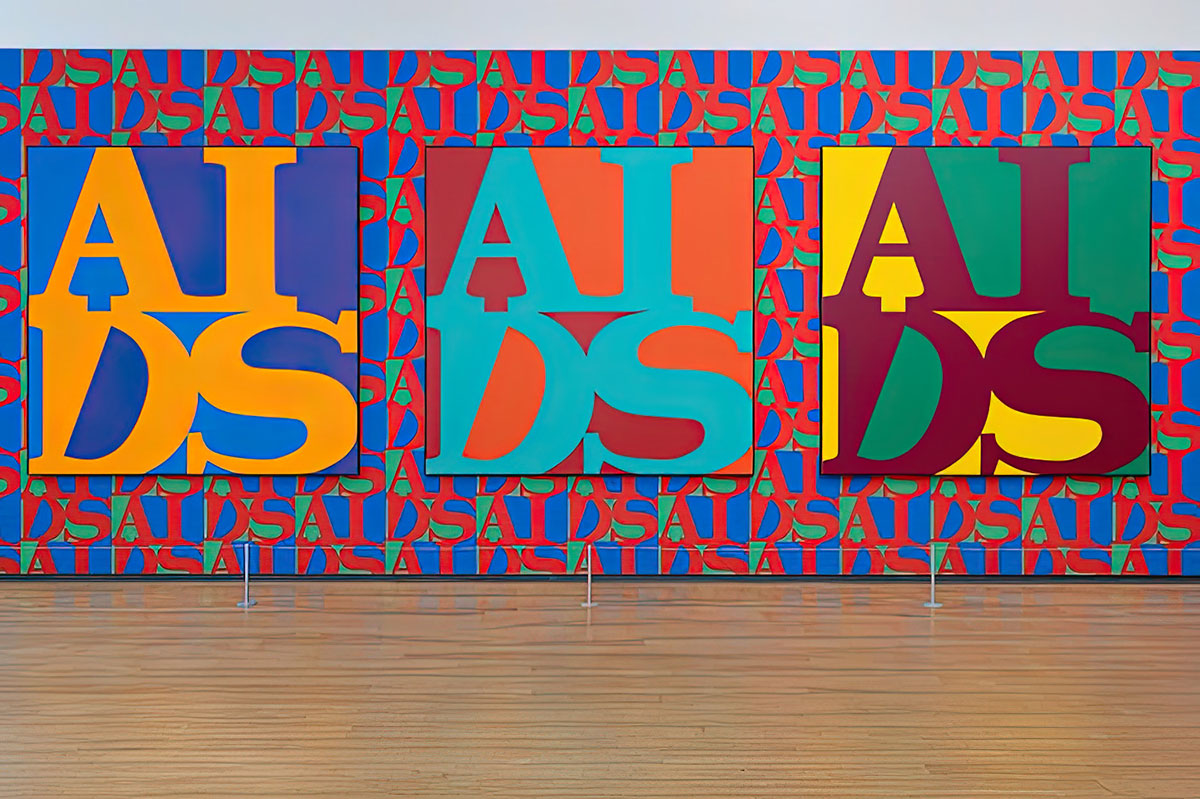
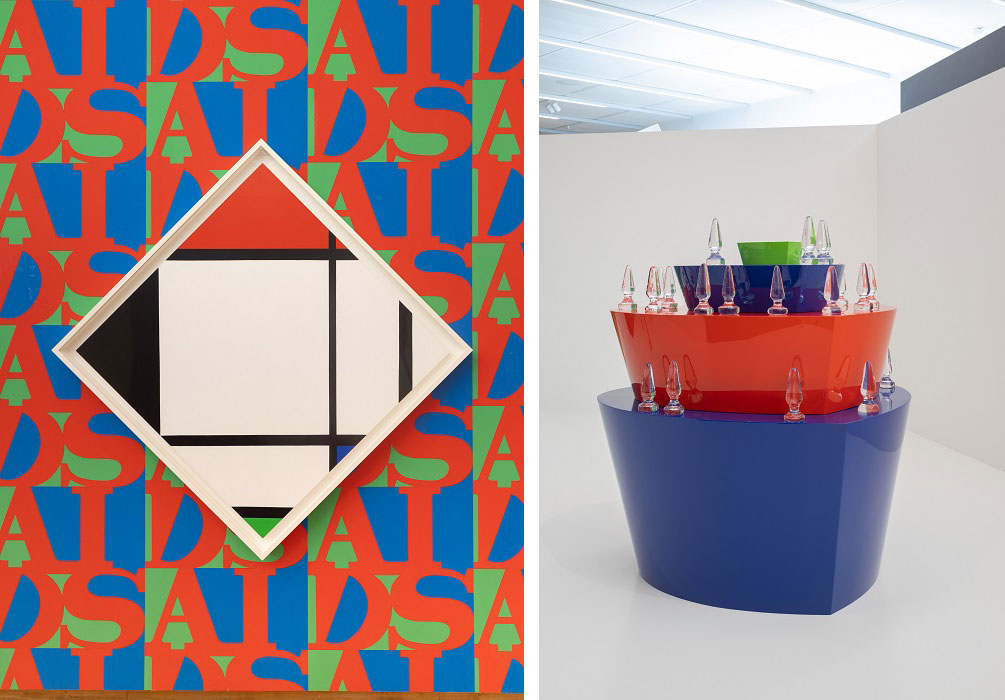
Right: General Idea, Boutique Cœurs Volants, 1994/2001. Courtesy the artist. © General Idea. Photo: Peter Tijhuis
